Fayetteville upgrading to smart water meters to increase efficiency, help customers save money – 5newsonline.com

Fayetteville Smart Water Meter Initiative: A Report on Sustainable Urban Development
Project Overview and Strategic Objectives
The City of Fayetteville is undertaking a significant infrastructure modernization project to replace 51,000 aging water meters with advanced smart meter technology. This initiative is a core component of the city’s strategy to enhance operational efficiency, reduce municipal costs, and advance its commitment to environmental sustainability. The project is progressing on schedule, with key milestones outlined below.
- Project Scope: Replacement of 51,000 conventional water meters city-wide.
- Current Status: Over 50% complete, with approximately 27,000 smart meters installed.
- Projected Completion: The full transition is expected to be finalized by 2030.
- Implementation: Installations are being managed in-house by city crews to ensure quality control.
Technological Advancements and Consumer Empowerment
The transition represents a substantial technological upgrade from legacy systems that required manual data collection. The new smart meters provide a robust, data-driven framework for water management.
- Automated Data Transmission: Meters transmit water usage data directly to a secure cloud-based system, eliminating the need for manual readings.
- Real-Time Monitoring: Consumers gain the ability to monitor their water consumption in real time via a dedicated online portal and a forthcoming mobile application.
- Proactive Alerts: The system is designed to automatically notify residents of high water usage, enabling the early detection of leaks and preventing excessive consumption.
Alignment with United Nations Sustainable Development Goals (SDGs)
This initiative directly supports several key UN Sustainable Development Goals, positioning Fayetteville as a leader in sustainable urban management.
SDG 6: Clean Water and Sanitation
- Water-Use Efficiency (Target 6.4): The system’s ability to precisely track consumption and rapidly identify leaks significantly reduces water loss, directly contributing to increased water-use efficiency across the community.
- Sustainable Water Management: By providing consumers with actionable data, the project empowers them to adopt more responsible water consumption habits, ensuring the sustainable management of this vital resource.
SDG 11: Sustainable Cities and Communities
- Resilient Infrastructure (Target 11.B): The modernization of the city’s water grid enhances its resilience and sustainability, making the community’s essential services more robust.
- Resource Management: The project is a foundational step in creating a more sustainable urban environment by optimizing the management and distribution of water resources.
SDG 12: Responsible Consumption and Production
- Sustainable Use of Natural Resources (Target 12.2): The initiative promotes responsible consumption patterns by giving residents the tools to understand and control their water usage, reducing waste and encouraging conservation.
- Transparency and Accuracy: Improved billing accuracy fosters trust and ensures a transparent accounting of resource use.
SDG 9: Industry, Innovation, and Infrastructure
- Infrastructure Upgrade (Target 9.1): The project is a clear example of upgrading critical public infrastructure with innovative, clean, and environmentally sound technologies.
Operational and Community Impact
The benefits of the smart meter program extend beyond environmental goals to include significant operational and safety improvements for the city and its residents.
- Enhanced Worker Safety: The automation of meter reading eliminates the need for city workers to perform manual checks in potentially hazardous traffic conditions, aligning with SDG 8 (Decent Work and Economic Growth).
- System-Wide Leak Detection: The city can now analyze aggregate data from neighborhood-level meters against individual household usage to pinpoint leaks within the distribution system, conserving water and preventing costly infrastructure damage.
- Resource Reallocation: The efficiency gains allow the city to reallocate personnel and financial resources toward other essential public works and maintenance tasks.
SDGs, Targets, and Indicators Analysis
1. Which SDGs are addressed or connected to the issues highlighted in the article?
SDG 6: Clean Water and Sanitation
- The article’s primary focus is on improving water management. The implementation of smart meters is a direct effort to “conserve water” and “reduce water loss,” which are central themes of SDG 6.
SDG 9: Industry, Innovation and Infrastructure
- The project involves a significant infrastructure upgrade, replacing “aging water meters with smart meters.” The article describes this as a “high-tech step forward” that uses modern technology like cloud data transmission and mobile apps, directly aligning with the goal of building resilient and innovative infrastructure.
SDG 11: Sustainable Cities and Communities
- The initiative is a city-led project in Fayetteville aimed at making municipal operations more efficient and sustainable. By improving water management and infrastructure, the city is working to “reduce the adverse per capita environmental impact of cities,” a key aspect of SDG 11.
SDG 8: Decent Work and Economic Growth
- The article mentions an improvement in worker safety. By eliminating manual meter reading, the city reduces the risk of accidents for its employees, as it means “less people out on the street… going in the oncoming traffic reading the meters.” This relates to promoting safe and secure working environments.
2. What specific targets under those SDGs can be identified based on the article’s content?
SDG 6: Clean Water and Sanitation
- Target 6.4: By 2030, substantially increase water-use efficiency across all sectors and ensure sustainable withdrawals and supply of freshwater. The project’s goal to “reduce water loss” and help residents “monitor their consumption in real time” directly contributes to increasing water-use efficiency. The project’s completion deadline is explicitly stated as 2030, matching the target’s timeline.
SDG 9: Industry, Innovation and Infrastructure
- Target 9.1: Develop quality, reliable, sustainable and resilient infrastructure. The replacement of “51,000 water meters – many of which are more than 20 years old” with new smart meters is a clear example of developing more reliable and sustainable infrastructure.
- Target 9.4: By 2030, upgrade infrastructure and retrofit industries to make them sustainable, with increased resource-use efficiency and greater adoption of clean and environmentally sound technologies. The article highlights the use of smart meters that “transmit water usage data directly to the cloud” as a “significant technological upgrade,” which exemplifies this target.
SDG 11: Sustainable Cities and Communities
- Target 11.6: By 2030, reduce the adverse per capita environmental impact of cities, including by paying special attention to air quality and municipal and other waste management. Reducing water loss through early leak detection is a direct way for the city of Fayetteville to manage its resources more effectively and lower its environmental footprint.
SDG 8: Decent Work and Economic Growth
- Target 8.8: Protect labour rights and promote safe and secure working environments for all workers. The new system reduces the need for city workers to manually read meters in potentially hazardous conditions, specifically mentioning the “possibility of any kind of accident” when workers “jump out of the driver’s door” into oncoming traffic.
3. Are there any indicators mentioned or implied in the article that can be used to measure progress towards the identified targets?
Indicators for SDG 6 & 11
- Level of water stress / Change in water-use efficiency: The article implies a direct way to measure this. It describes a method where “the city can place one big meter at the entrance of a neighborhood and smaller smart meters on each house. If the amount of water going into the neighborhood is more than what the homes are using, that means some water is being lost.” The difference in these readings serves as a direct indicator of water loss and, conversely, efficiency improvements.
- Real-time consumption data: The ability for customers to “monitor their consumption in real time through an online portal or mobile app” is an indicator of increased awareness and control over water usage.
Indicators for SDG 9
- Proportion of infrastructure upgraded: The article provides precise numbers to track progress: “the city has replaced about 27,000 of its 51,000 water meters.” This ratio serves as a clear indicator of progress toward completing the infrastructure upgrade by the 2030 deadline.
Indicators for SDG 8
- Reduction in hazardous work: The article states, “We don’t have to send people out a second time or even a first time to read the meters.” A measurable indicator would be the reduction in man-hours spent on manual meter reading in traffic, which directly correlates to a reduction in exposure to occupational hazards.
4. Summary Table of SDGs, Targets, and Indicators
| SDGs | Targets | Indicators |
|---|---|---|
| SDG 6: Clean Water and Sanitation | 6.4: Increase water-use efficiency and ensure sustainable withdrawals. |
|
| SDG 9: Industry, Innovation and Infrastructure | 9.1: Develop quality, reliable, sustainable and resilient infrastructure.
9.4: Upgrade infrastructure and adopt clean and environmentally sound technologies. |
|
| SDG 11: Sustainable Cities and Communities | 11.6: Reduce the adverse per capita environmental impact of cities. |
|
| SDG 8: Decent Work and Economic Growth | 8.8: Promote safe and secure working environments for all workers. |
|
Source: 5newsonline.com

What is Your Reaction?
 Like
0
Like
0
 Dislike
0
Dislike
0
 Love
0
Love
0
 Funny
0
Funny
0
 Angry
0
Angry
0
 Sad
0
Sad
0
 Wow
0
Wow
0

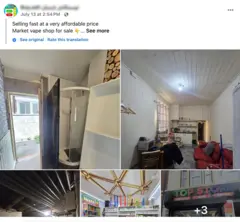











;Resize=805#)














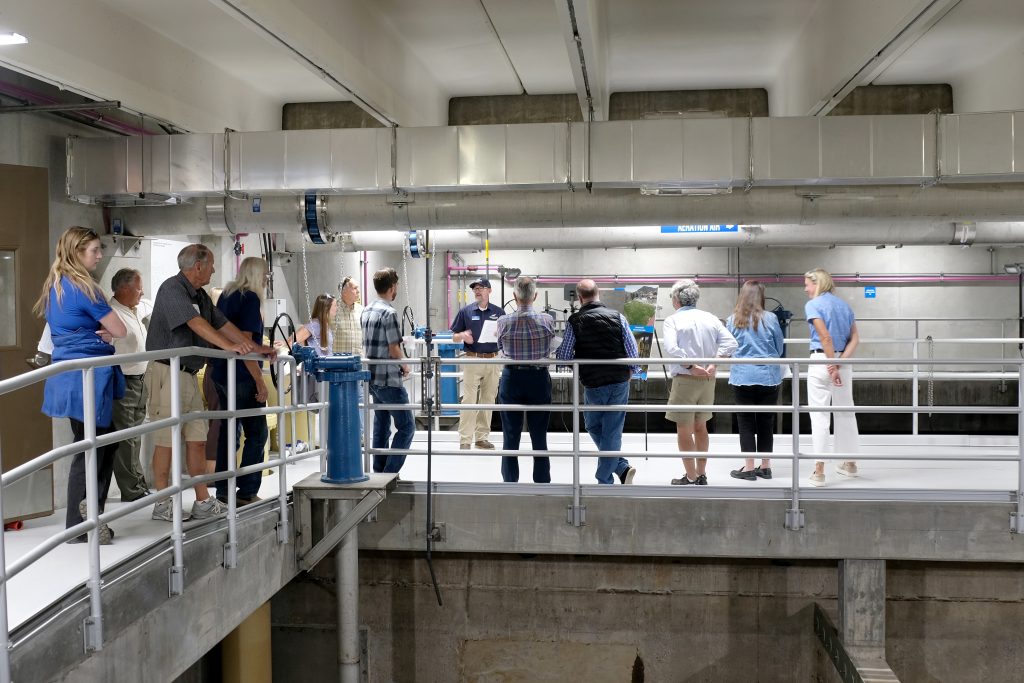




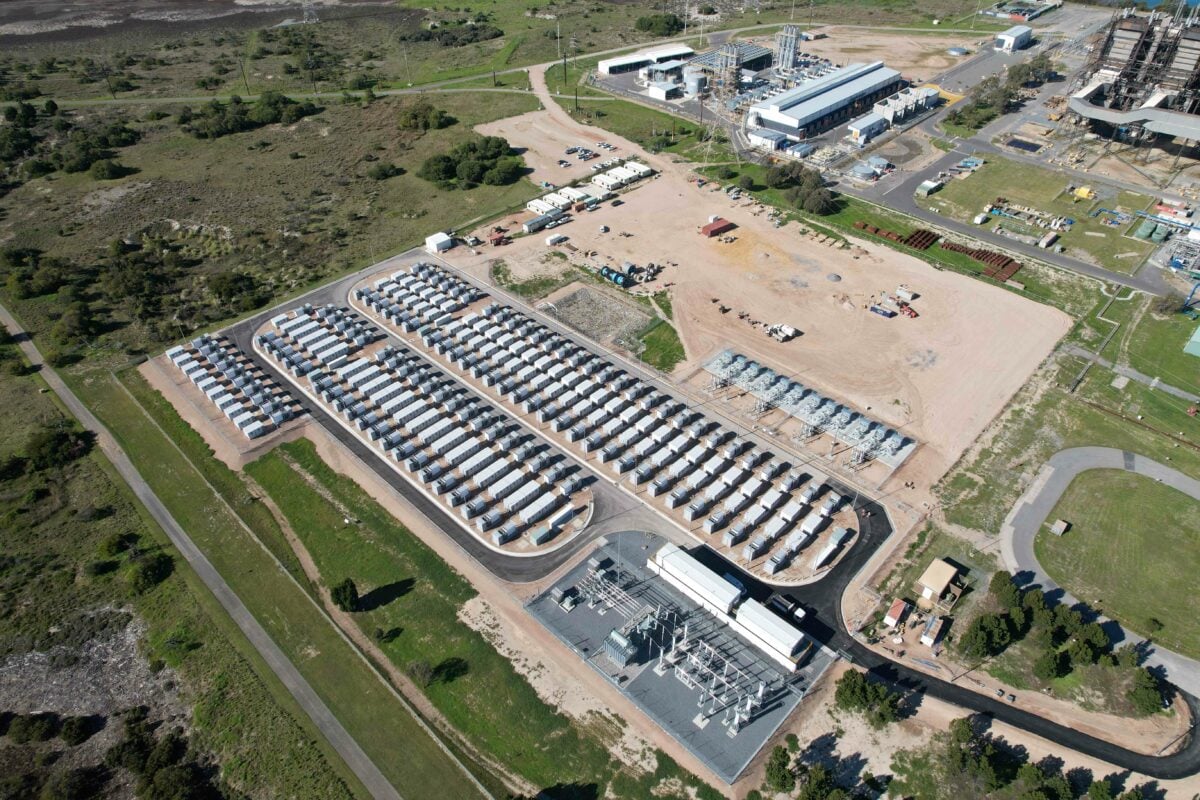

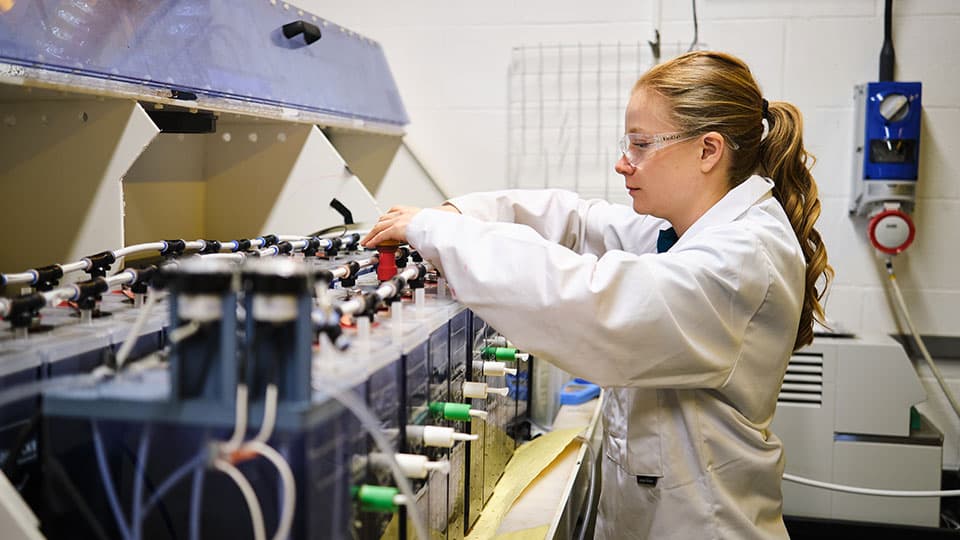


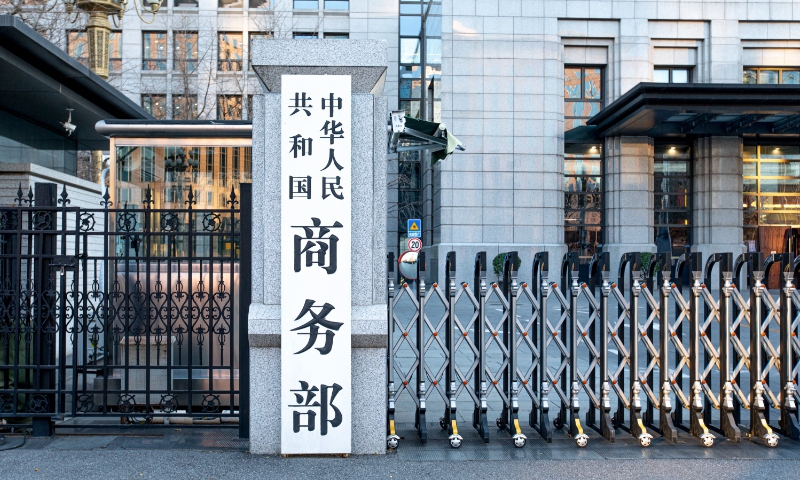








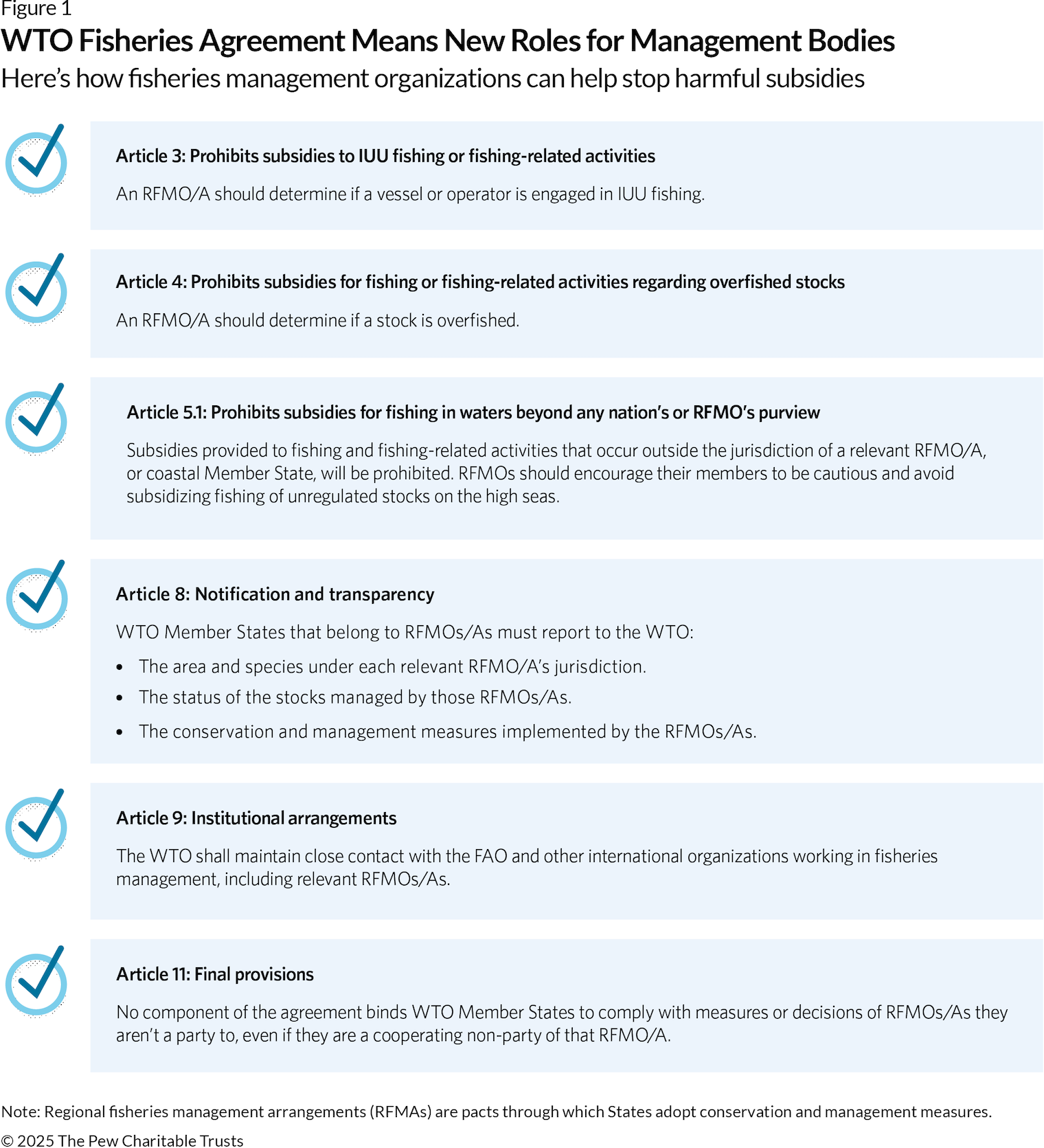



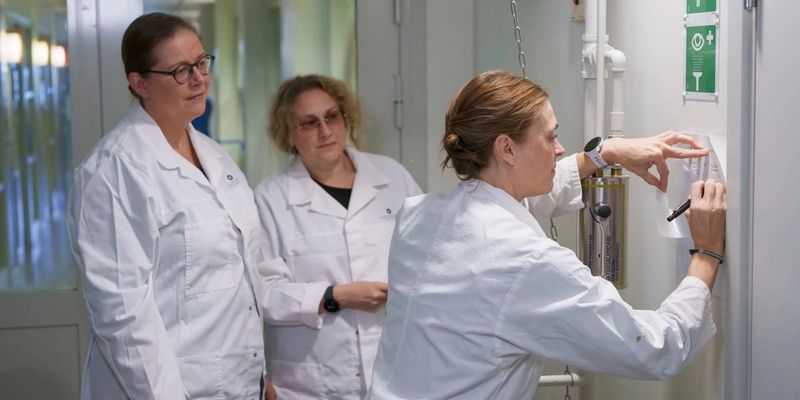









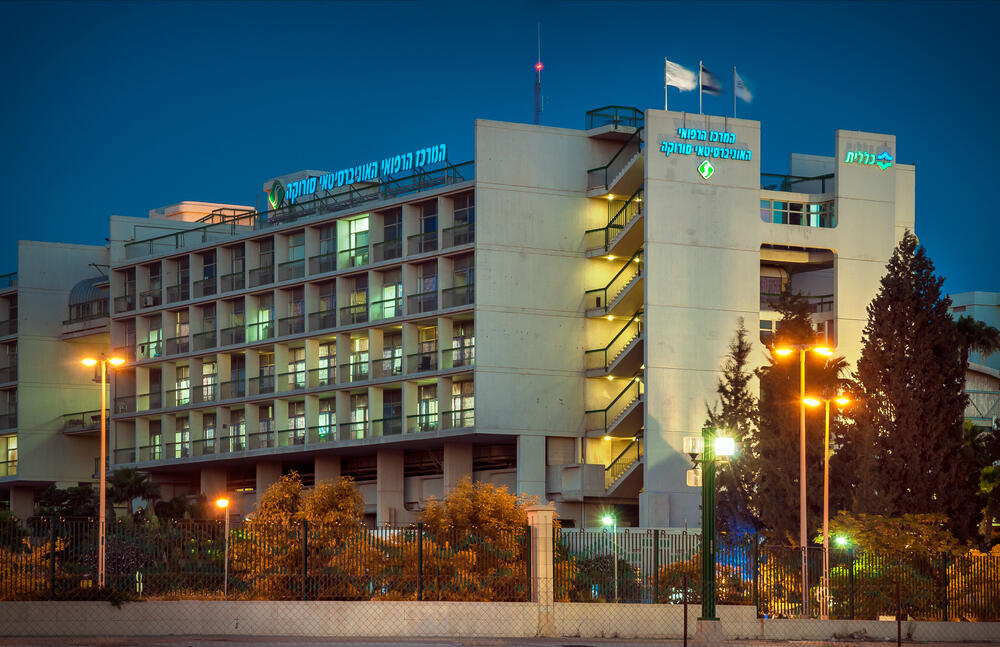

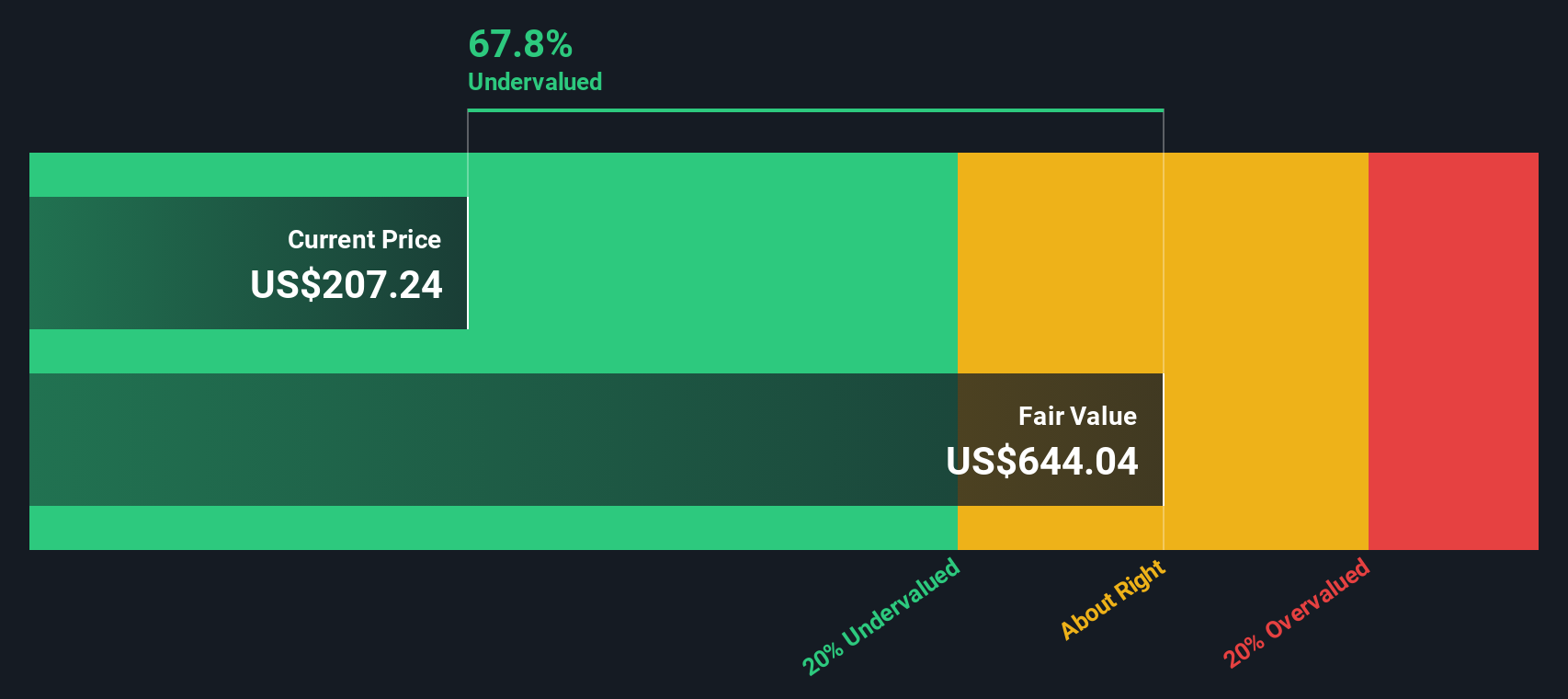


;Resize=805#)


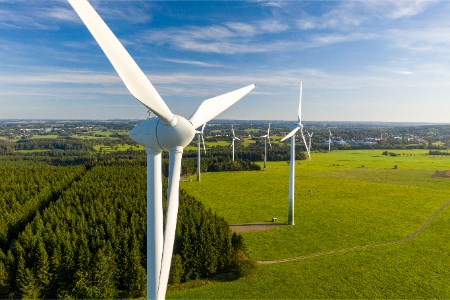


.jpg?#)








